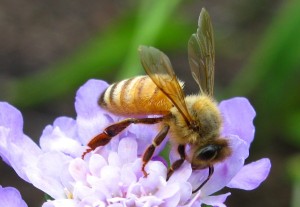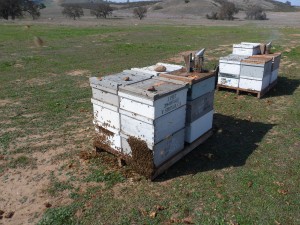 The rain has finally started falling in Northern California bringing green pastures, tree blossoms and wildflowers. Some of our hives have finished pollinating almond orchards and are exploding with activity! In the photo to the left, you can see hundreds of bees hanging out of the hives’ doors. The bees are busy making honey and gathering up pollen from the spring wildflowers that are just starting to pop open. The queens in our hives are laying about 1,000 or more eggs everyday, and the hives are starting to get overcrowded. When the hives can no longer house the large number of bees in the colony, the bees will create a new queen and swarm. We’ve been finding lots of new queen cells in our hives lately, which means we’ve got to be on our toes. If the bees swarm, half of the bees will fly off with the old queen. We’ve been removing the new queen cells and using them to start new colonies in new hive boxes. We take some bees from the old colony and put them into new hives with a queen cell. This gives the new hives a nice place to start and gives the old hives more room to breathe. When the queen cell hatches, the new queen will fly off to mate and return to her hive to begin laying eggs.
The rain has finally started falling in Northern California bringing green pastures, tree blossoms and wildflowers. Some of our hives have finished pollinating almond orchards and are exploding with activity! In the photo to the left, you can see hundreds of bees hanging out of the hives’ doors. The bees are busy making honey and gathering up pollen from the spring wildflowers that are just starting to pop open. The queens in our hives are laying about 1,000 or more eggs everyday, and the hives are starting to get overcrowded. When the hives can no longer house the large number of bees in the colony, the bees will create a new queen and swarm. We’ve been finding lots of new queen cells in our hives lately, which means we’ve got to be on our toes. If the bees swarm, half of the bees will fly off with the old queen. We’ve been removing the new queen cells and using them to start new colonies in new hive boxes. We take some bees from the old colony and put them into new hives with a queen cell. This gives the new hives a nice place to start and gives the old hives more room to breathe. When the queen cell hatches, the new queen will fly off to mate and return to her hive to begin laying eggs.
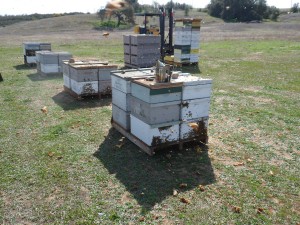 We’ve also begun placing our honey boxes on top of the hives to give the bees a bigger area to live and a place to store all of that delicious honey that they are bringing in. In the picture to the right you can see the honey boxes on the top of the hives, as well as our new forklift for the heavy lifting. If you look closely, you can see the bees in mid flight as they pass in front of the camera.
We’ve also begun placing our honey boxes on top of the hives to give the bees a bigger area to live and a place to store all of that delicious honey that they are bringing in. In the picture to the right you can see the honey boxes on the top of the hives, as well as our new forklift for the heavy lifting. If you look closely, you can see the bees in mid flight as they pass in front of the camera.
So far this year we haven’t had to catch a swarm, but we will… guaranteed. If fact, that might just be the next blog post…
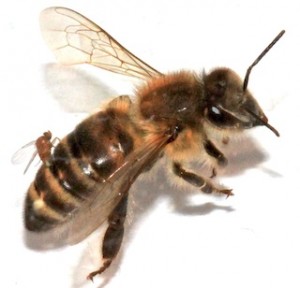
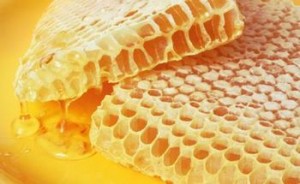
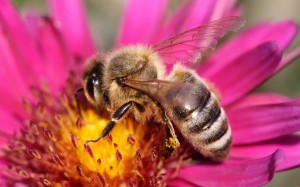
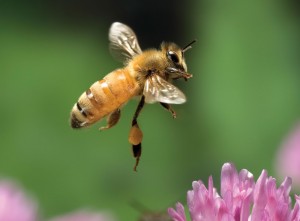
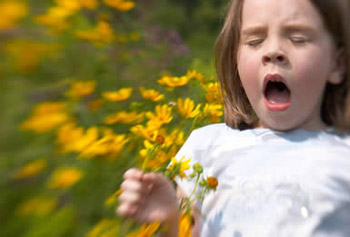 The following articles are by Mr. Tom Ogren, the author of five published books, including Allergy-free Gardening, and also of, Safe Sex in the Garden both from Ten Speed Press, Berkeley, California. Tom does consulting on allergies and landscaping for, among others, the USDA urban foresters, the American Lung Association, for county asthma coalitions, landscape, nursery and arborists’ associations, and for www.Allegra.com. Tom’s work on plants and allergies has been published in hundreds of magazines and newspapers worldwide,
The following articles are by Mr. Tom Ogren, the author of five published books, including Allergy-free Gardening, and also of, Safe Sex in the Garden both from Ten Speed Press, Berkeley, California. Tom does consulting on allergies and landscaping for, among others, the USDA urban foresters, the American Lung Association, for county asthma coalitions, landscape, nursery and arborists’ associations, and for www.Allegra.com. Tom’s work on plants and allergies has been published in hundreds of magazines and newspapers worldwide, 